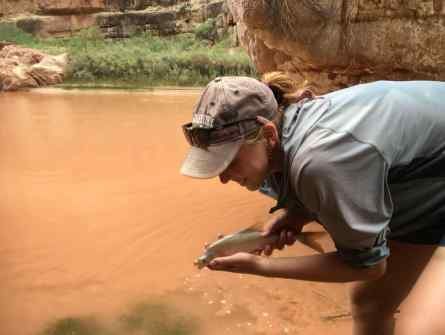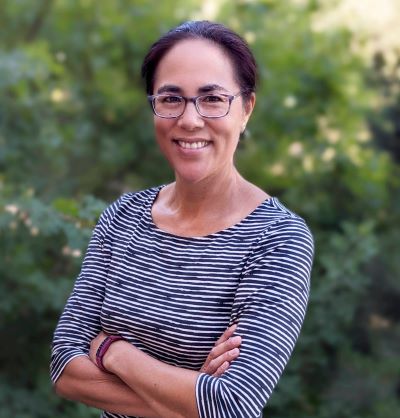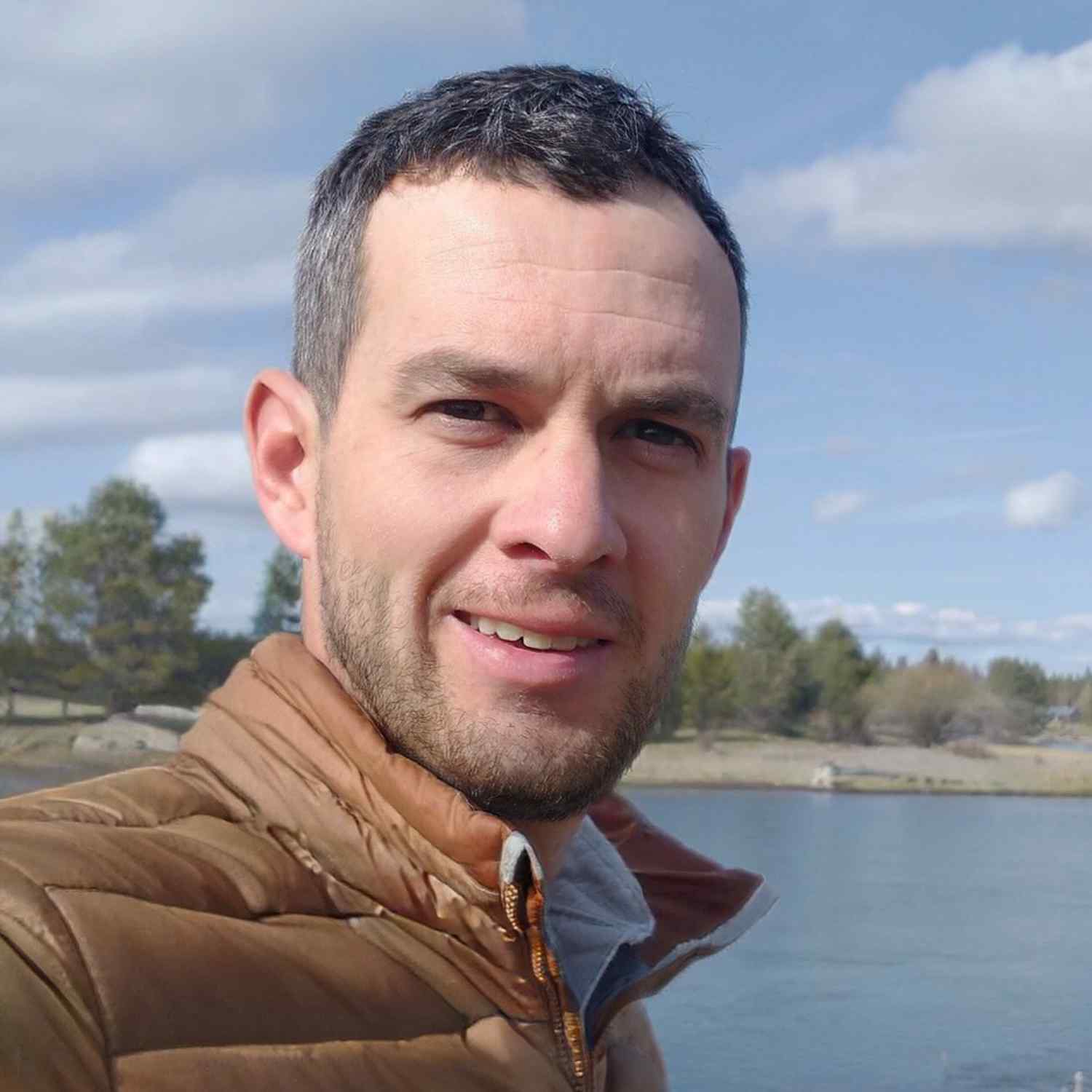Science Moab sat down with Ann Marie Chischilly, the executive director for the Institute for Tribal Environmental Professionals. She is responsible for managing ITEP’s work with Northern Arizona University, state and federal agencies, tribes and Alaska Native villages and worked with the United Nations on issues of the Protection of Traditional Knowledge and co-wrote “Guidelines for the Use of Traditional Knowledge in Climate Change Initiatives.” Chischilly works with ITEP to address climate change in Tribal communities and works in academia to indigenize higher education.
Science Moab: What is the Institute for Tribal Environmental Professionals and what issues are you currently working on?
Chischilly: We do workforce training, so if you work for a tribe, you can come to our courses. We will pay for you to get there, we will pay for your housing, and we will train you for three to four days. Then, you take that knowledge back and apply it to your own sovereign laws, policies, and cultural protocols. We don’t dictate what the tribes do, we give them the information that they need to develop their own programs, and we get direct constructive feedback right away. So if a tribe doesn’t think a course is applicable, that will come up in an evaluation that will go to our advisory committee.
I met [Northern Arizona University] President Cruz Rivera early March last year, and his first question to me was: “How are we going to decolonize NAU?” I knew a lot of people on campus, but understanding their needs was a different issue, so I had to learn how to address those issues in real-time by developing what I call an open listening session. So we held five or six listening sessions with different categories of folks: the students, the faculty, the staff, the community, and the alumni; so we really got to hear from them exactly what they’re concerned with. Some of them are not easy, as they’re really big institutional changes. We’re moving into a new space of not only decolonization, but also indigenization.
Science Moab: You were part of crafting the Guidelines for the Use of Traditional Knowledge and Climate Change Initiatives. Can you share a bit about those guidelines?
Chischilly: In 2014, I was selected to be on the first climate change advisory committee under President Obama, called the National Climate Change and Natural Resource Advisory Committee. In that advisory committee, we wrote the guidelines and got them approved right before the administration changed. The guidelines were interesting in that many of us had worked with the UN, and the principles from the United Nations weren’t really seen in federal policy.
One UN principle of agreement is that of free, prior, and informed consent when you’re developing any of your initiatives with Indigenous peoples. “Prior” means in the design phase, as opposed to in the research phase, so you’re actually being asked what kinds of research your community needs. “Informed” is making sure everyone who’s part of the project understands the risks and benefits behind it. This is really important for traditional knowledge holders, who are mostly medicine people, letting them know that the information they share could potentially be public information. Tribes have to consent to the information that’s going to be used, whether it’s traditional knowledge, sacred sites, or intellectual property. A tribe or Indigenous peoples may have consent for one section, but not consent for the others.
Science Moab: Can you share a bit more about the work you’re doing in regards to tribes and climate change?
Chischilly: All of the ITEP staff are collectively working together on climate change. But in that arena, one of the things I think about is how we’re supporting tribes. We started with adaptation planning, and saw that a lot of adaptation plans were not being completed. So then we developed cohorts so that teams of tribal professionals could work together and complete them together.
We put together the Status of Tribes and Climate Change Report: that came about from many conversations I was having with the federal government, as adaptation plans were coming but not quickly enough and they weren’t consolidated. So I talked to the team about doing this report. We got together with authors, we have almost 100 authors. Then we went out and got narratives from tribes, asking what they were doing, what’s working, and if they had any recommendations. So that laid the foundation for what’s coming up next, the National Climate Assessment 5.
It’s really for me, it was a way to gather information from the tribes from their perspective, with their permission, and put it forward as the recommendations we need to do. We need to do it often enough for the government to understand that this is where they want to go from their perspective. Just being that avenue to express that is key for me, because what I want tribes to understand is that I wouldn’t want to speak on their behalf. I want them to put forward their ideas and their good work. There’s a lot of good work going on out there on shoestring budgets, but it’s being done with recognition of their traditional knowledge and sovereignty.

Science Moab is a nonprofit dedicated to engaging community members and visitors with the science happening in Southeast Utah and the Colorado Plateau. To learn more and listen to the full interviews, visit www.sciencemoab.org. This interview has been edited for length and clarity.




